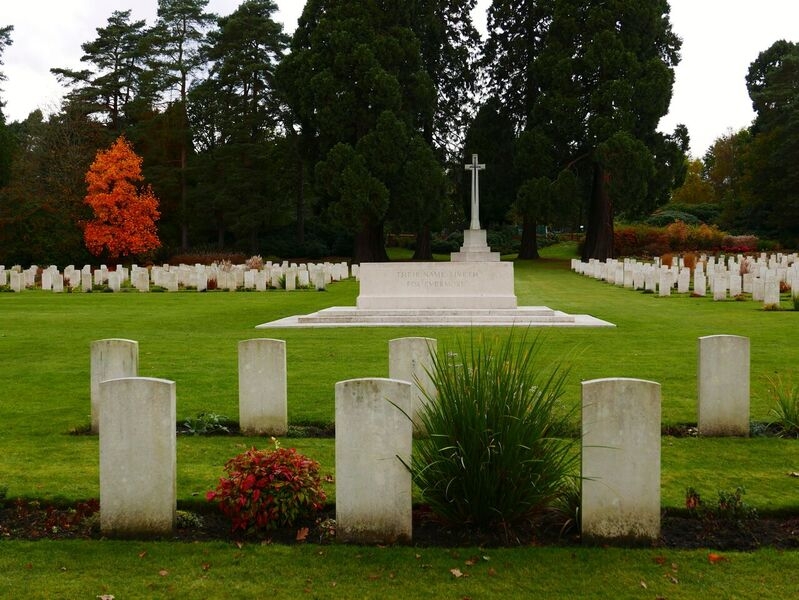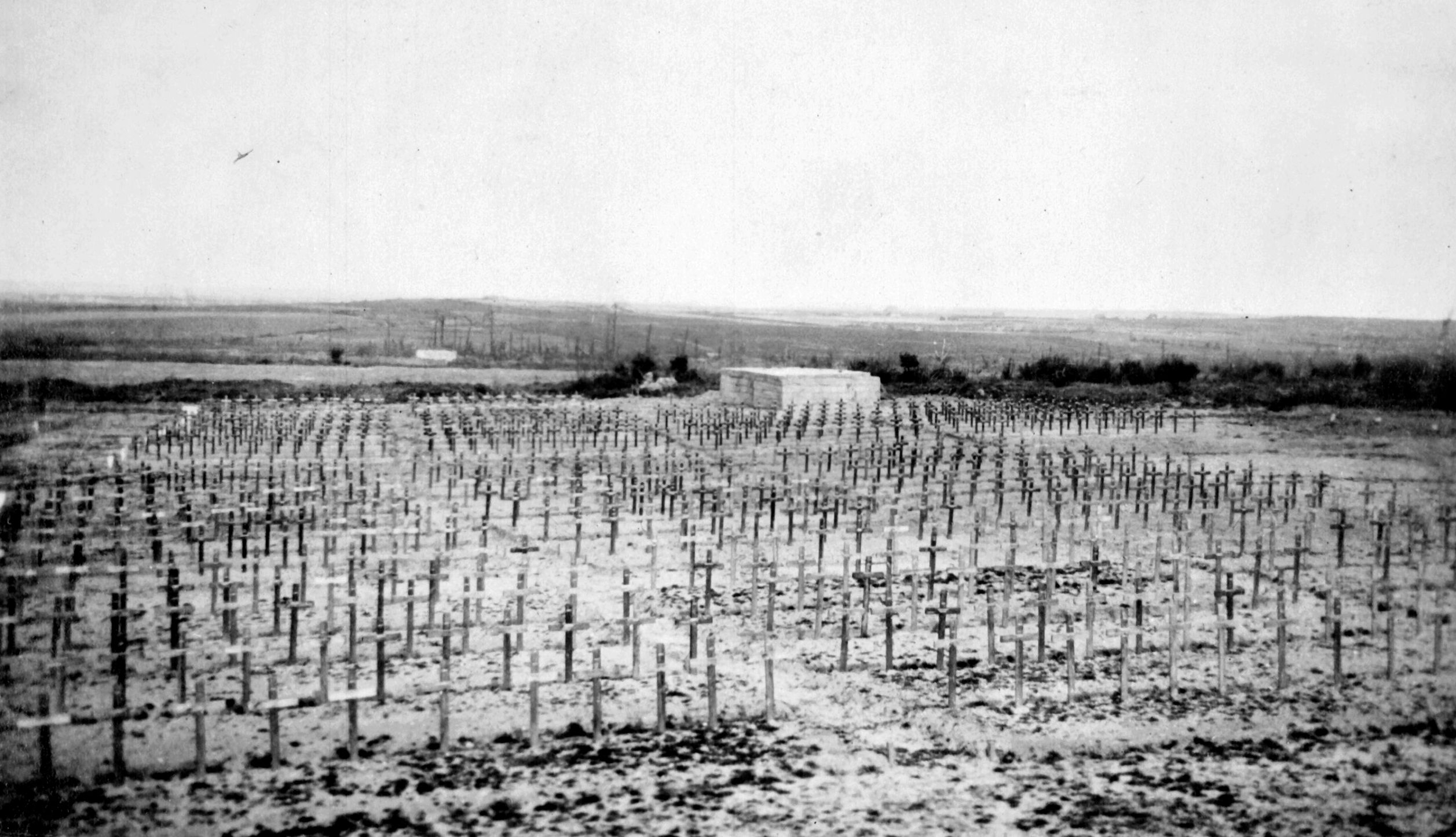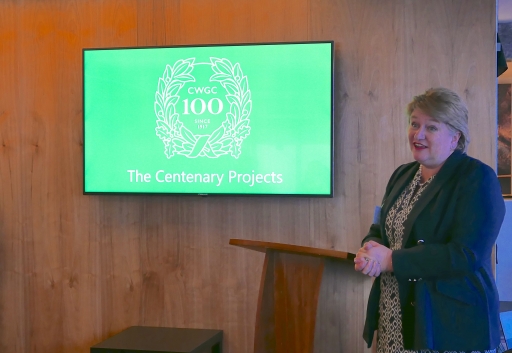The Commonwealth War Graves Commission was founded in 1917 while the First World War was still being fought. This year, CWGC marks its Centenary with the launch of a series of projects aimed at promoting wider awareness of its mission to commemorate the dead of both world wars in perpetuity. CN Editor Peter Alhadeff reports:
“Those who know us, love us but far too many people simply don’t know us, and we need to change that,” is the frank message from CWGC’s Director General Victoria Wallace.
“What we have to do is re-engage communities and ensure that for the future, CWGC is not only known but it’s valued,” she declared, announcing the Centenary programme at the New Zealand High Commission in London.
The chosen initiatives include a relaunched website with interactive features, a new Commonwealth War Graves education charity, a supporters’ group, and a centenary exhibition.
Lack of public awareness of the CWGC’s role may come as a surprise, given that its immaculate cemeteries and memorials are the poignant setting for so many First World War Centenary events.
But taking the UK as an example, Victoria Wallace points out: “It’s a really sad fact that only about 35 per cent of the British population know who looks after the war graves.”
Change
The Commission shoulders its share of the responsibility. Victoria Wallace acknowledges that CWGC has held its ‘light under a bushel’ for most of its existence. But change was signalled when the CWGC’s first female Director General took up her post in late 2014, declaring: “We need to seek greater recognition, and be proud of what we have achieved for nearly a century.”
From its origins during the Great War, CWGC has grown into a global operation commemorating 1.7 million men and women at 23,000 sites in more than 150 countries.
And Victoria Wallace is at pains to emphasise that the Commonwealth War Graves Commission is an international organisation, supported by its member governments: Australia, Canada, India, New Zealand, South Africa and the UK.
“This is the most extraordinary international treasure. It’s not just a British organisation. In fact it’s one of the key things we need to take from this Centenary. It is a Commonwealth organisation. Not the Commonwealth as we understand it today, but anyone who fought for King and Empire as it was back then,in the First and Second World Wars.”
CWGC Centenary Projects 2017 & Beyond

Fabian Ware, Founder of CWGC
The Commonwealth War Graves Commission arose from the vision of Sir Fabian Ware, an educationalist who served as the commander of a British Red Cross mobile unit during the First World War.
Saddened by the sheer number of casualties, Ware felt driven to find a way to ensure the final resting places of the dead would not be lost forever.
Under his dynamic leadership, explains CWGC, his unit began recording and caring for all the graves they could find. By 1915, their work was given official recognition by the UK Government’s War Office and incorporated into the British Army as the Graves Registration Commission.
 Crosses at Tyne Cot Cemetery, near Ypres, now the world’s largest Commonwealth cemetery (Photo: CWGC)
Crosses at Tyne Cot Cemetery, near Ypres, now the world’s largest Commonwealth cemetery (Photo: CWGC)
On 21 May 1917, the Imperial War Graves Commission – renamed the Commonwealth War Graves Commission in 1960 -was established by Royal Charter.
The Commission says its aims and values of equality – laid out in the Great War – are as relevant today as they were 100 years ago. The mission now is to spread the word, and tell the stories of the dead of two world wars, to new generations.
For more information about the story of the Commonwealth War Graves Commission and its commemoration of the dead of both world wars, visit the CWGC website. Videos explaining more about the Centenary Garden, and last year’s Somme Centenary commemorations at the Thipeval Memorial in France, can be watched here.
CN Editor Peter Alhadeff attended the launch event at New Zealand House.
Images © Commonwealth War Graves Commission (Tyne Cot archive) & Centenary News
